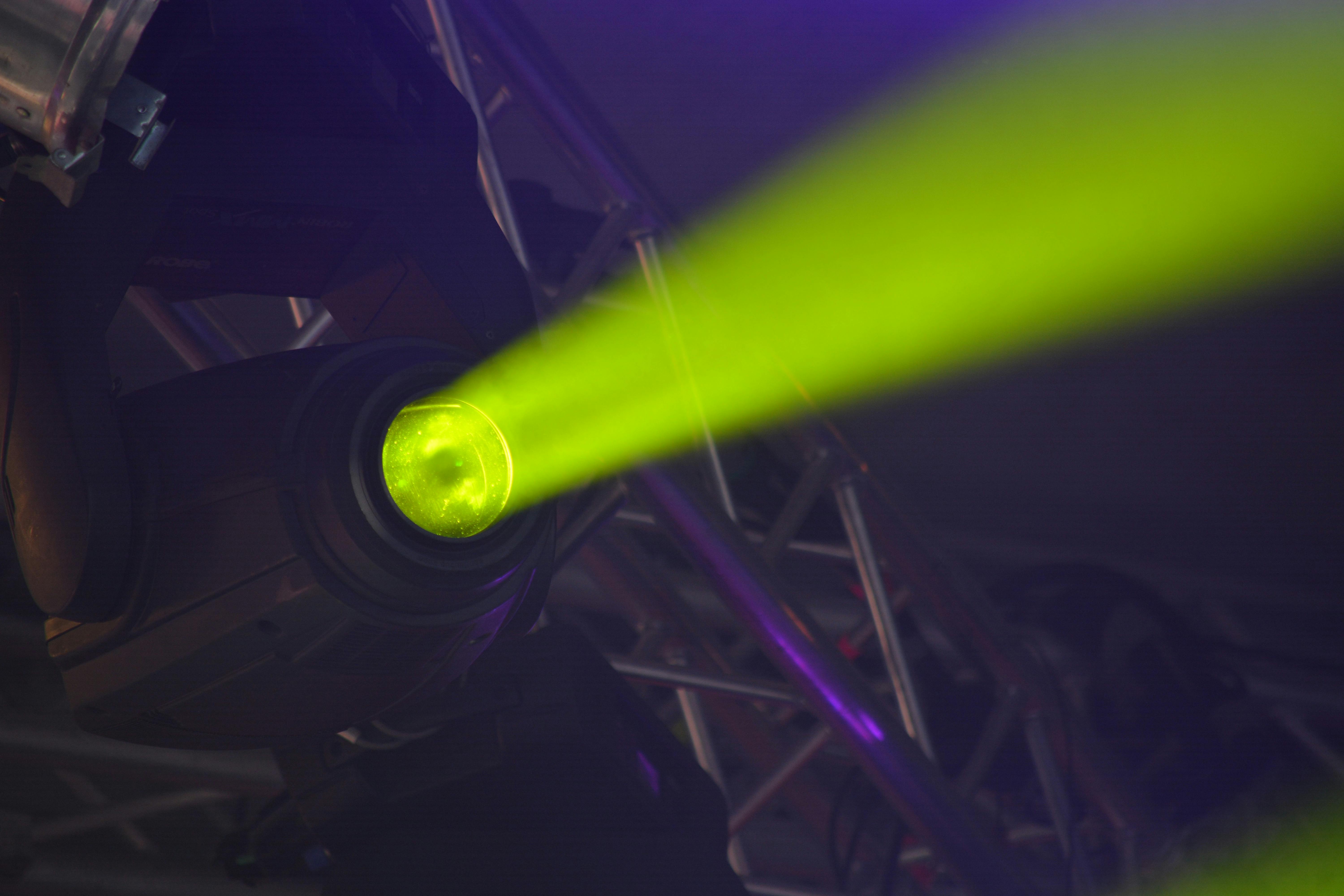
A celestial body that orbits around another larger celestial body is a satellite. An artificial satellite is a manufactured object or vehicle intended to orbit the earth, the moon, or another celestial body. Since October 4, 1957 humanity has been able to put artificial satellites into orbit around the earth. The Russians were the first with Sputnik; a small satellite that orbited the earth for a couple of months and transmitted beeps for 21 days.
The United States launched its first satellite on January 31, 1958. This satellite was named Explorer 1, and through data transmitted to Earth by Explorer 1, scientists discovered the Van Allen radiation belts, areas in space around the Earth and the planets Jupiter. and Saturn, which contains high-energy protons and electrons.
50 years ago there were no artificial satellites. Since Sputnik, governments and private companies around the world have launched more than 4,800 satellites. Satellites are used for satellite television, of course, but there are many more purposes for satellites.
Types of Satellites
The Moon is a satellite of the earth; the earth is a satellite of the sun. The first is called a moon, the second a planet. Man-made (artificial) satellites orbit any celestial body and are always called satellites, whether they orbit the earth, the moon, the sun, or any other celestial body.
We use satellites for different purposes and all satellites can be placed in one of the following categories:
communication satellites
The distribution of television and audio signals, and telephone connections via satellite are carried out by Communications Satellites. This type of communications normally requires a satellite in geostationary orbit. In 1964 the United States Department of Defense launched the first satellite to be placed in geostationary orbit. This satellite was named Syncom 3.
Today, geostationary satellites are used to provide voice, audio, and video communications, such as Dish Network Satellite’s satellite television.
satellite navigation
These satellites were of great help to transportation companies, especially water and air transportation. US GPS satellites are in Low Earth Orbit (LEO) and can determine position to within 1 cm (0.4 inches). However, such precise positioning is available only for military purposes. For commercial use, the accuracy is less accurate.
Navigation satellites are also used to measure distances, for example, between buildings.
weather satellites
Observing the earth is the task of meteorological satellites, and especially what happens in the atmosphere. Different types of cameras, such as normal and infrared cameras, are used to look at the same part of the earth, from a geostationary orbit, or more closely from polar orbits for more detailed images. These low-orbit weather satellites focus more on studying the atmosphere than the current weather itself.
military satellites
Very similar to weather satellites, military satellites are also used to observe the earth. Usually with higher resolution cameras and instead of normal communications equipment they also use encryption. Sometimes these types of satellites have very different types of orbits. For example, a highly elliptical orbit that takes the satellite as far from earth as the moon and so close to earth that it enters the atmosphere shortly, to get as close to the earth’s surface as possible without falling back to the earth. land.
There are probably many more tactics used, but for obvious reasons, these are unknown.
scientific satellites
Observing the earth for scientific purposes is also quite possible with satellites. Mapping with low polar orbit satellites, for example, but also measuring the exact shape of the earth, geological research, etc., can greatly benefit from scientific satellites.
But scientific satellites are not only used to observe the Earth. Space research also benefits from scientific satellites. For example, the Hubble satellite, which is actually a huge telescope that orbits the earth. Because the Hubble telescope doesn’t have to “see” through the atmosphere, it can produce much clearer and more detailed images than ground-based telescopes.
Leave a Reply